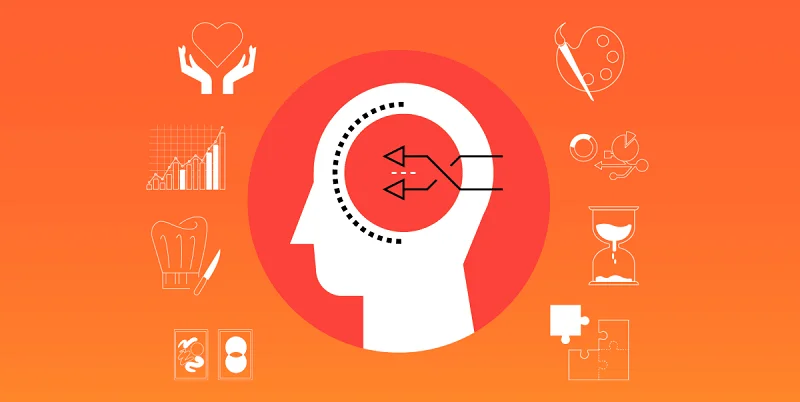Conditioning is a psychological concept that refers to the process by which we learn to associate a particular stimulus with a specific response or behavior. This process can occur in various ways and has a significant impact on our behavior and decision-making processes.
There are two main types of conditioning: classical conditioning and operant conditioning.
Classical conditioning is a process in which a neutral stimulus is repeatedly paired with a naturally occurring stimulus until it elicits a response that is similar or identical to the response elicited by the naturally occurring stimulus alone. In other words, classical conditioning is the process of learning to associate a particular stimulus with a particular response. This type of conditioning was first discovered by Ivan Pavlov, a Russian physiologist, in the early 20th century.
Operant conditioning, on the other hand, involves learning by consequences. This type of conditioning occurs when a behavior is followed by a consequence that increases or decreases the likelihood of the behavior being repeated in the future. For example, if a rat presses a lever and receives a food pellet, it is likely to press the lever again in the future. If pressing the lever results in a painful electric shock, the rat is less likely to press the lever again.
Both classical and operant conditioning can have a significant impact on our behavior. For example, classical conditioning can cause us to develop phobias or aversions to certain stimuli. For instance, if a person gets sick after eating a particular food, they may develop an aversion to that food even if it was not the cause of their illness. Similarly, operant conditioning can lead to the development of habits, both good and bad. For example, if a person regularly receives praise for exercising, they may be more likely to continue exercising in the future.
Conditioning can also be used to change behavior. This is the basis of behavior therapy, which involves using conditioning techniques to modify undesirable behaviors. For example, a therapist might use operant conditioning to help a person overcome their fear of public speaking. The person would be encouraged to give a speech in a safe and supportive environment, and each successful speech would be followed by a positive consequence, such as praise or a reward.
In conclusion, conditioning is a powerful tool that can shape our behavior and decision-making processes. Understanding the principles of classical and operant conditioning can help us better understand why we behave the way we do and can also be used to change behaviors that we wish to modify.




